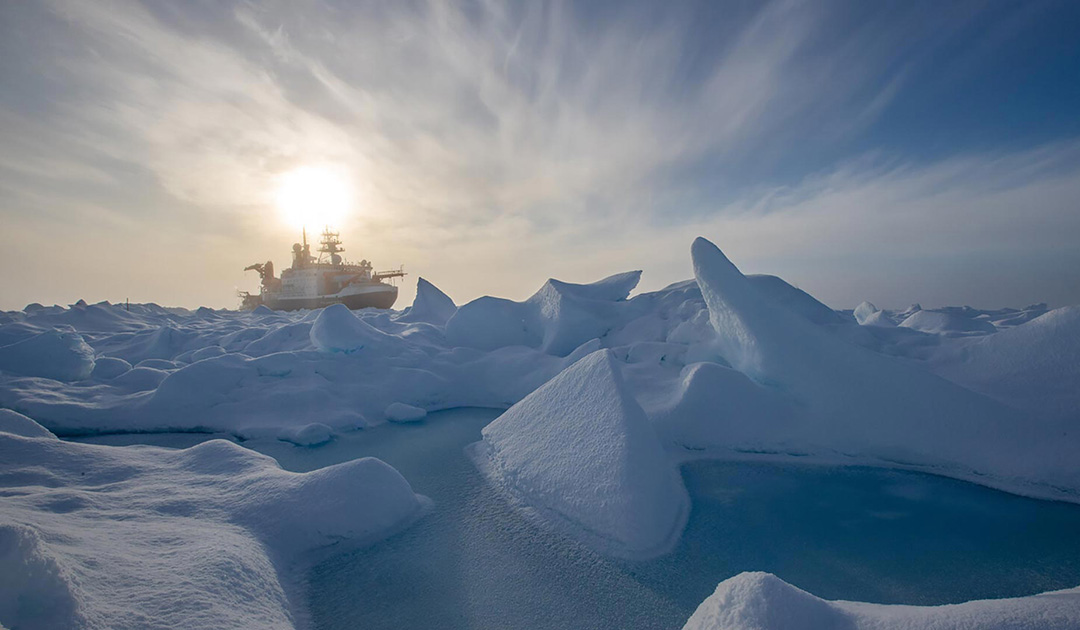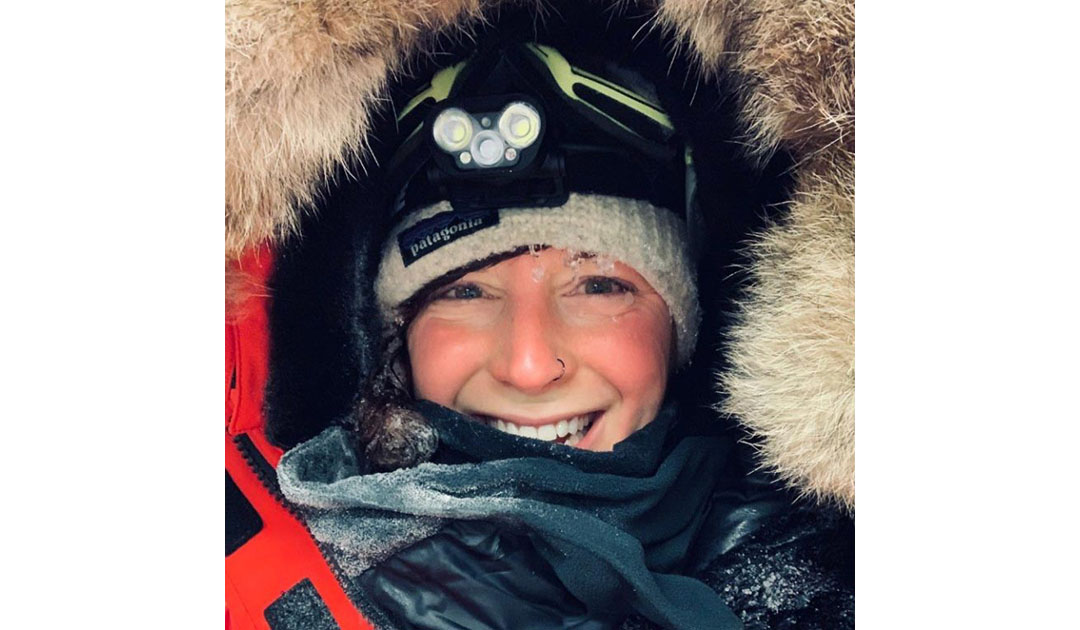
During the MOSAiC expedition, scientists from around the world studied the processes that take place in the Arctic over the course of a year – from the atmosphere to snow and sea ice to the water below them and its inhabitants. Among the least studied aspects to date are aerosols. Researchers from Colorado State University, the École Polytechnique Fédérale de Lausanne, the Alfred Wegener Institute and others have been studying them throughout the expedition. Their findings have now been published in the journal Nature Communications.
The microscopic aerosols in the air, also called ice nucleating particles, stimulate ice formation in the clouds. The interaction of ice formation, cloud cover and heat plays an important role for the climate. But especially in the Arctic, aerosols consisting of mineral dust, microbes or sea spray have hardly been researched, although that is where it is most important to learn more about their effects.
During the MOSAiC expedition, drifting through the Arctic from September 2019 to October 2020, the research team collected thousands of samples of air, sea ice, snow and meltwater to determine exactly how ice formation and clouds over the Arctic Ocean decline over time.
Never before have ice-forming particles in the central Arctic, which is largely unaffected by terrestrial aerosol sources, been observed and studied throughout the cycle of sea ice growth and decline. Their results show a strong seasonality of these particles, with low concentrations in winter and spring and elevated concentrations during summer ice melt from local biological processes.

“It is important to know the natural background of these ice nucleating particles before we can really assess how changes due to climate are affecting the populations of these aerosols,” said Jessie Creamean, a scientist at Colorado State University and lead author of the study.
In the study, the researchers emphasize that understanding ice-forming particles is fundamental to understanding the impact of climate change on our planet because the particles influence clouds. When ice is added to a cloud, it changes how it interacts with light and heat from the sun, as well as heat that is reflected back from the Earth’s surface. In addition, ice is important in the formation of precipitation.
“It’s an important process we just don’t have a good understanding of, especially in the Arctic,” Creamean said. “The models just don’t get it right when it comes to estimating these ice nucleating particles or their cloud effects. So, this was a big observation – to have a look at where these things are coming form, and how they change over the course of a year.”
Julia Hager, PolarJournal
More on the topic:





